Srigandham ( sandalwood )
₹179
Srigandham, or Sandalwood, is a revered tree renowned for its fragrant heartwood. This slow-growing evergreen tree has been prized for centuries in various cultures for its medicinal, spiritual, and aesthetic properties. Its calming aroma and therapeutic benefits make it a valuable addition to any home or garden.
49 people are viewing this product right now
🔥 7 items sold in last 3 hours
Experience the captivating fragrance and spiritual significance of Srigandham (sandalwood), a revered tree species renowned for its aromatic heartwood. This slow-growing evergreen tree is highly prized for its valuable timber used in traditional medicine, religious ceremonies, and perfumery. Cultivating Srigandham is a rewarding endeavor, offering a connection to ancient traditions and a valuable resource for generations to come.
Key Features & Benefits
- Aromatic Heartwood: Srigandham is famous for its rich, fragrant heartwood used in incense, perfumes, and traditional medicine.
- Cultural Significance: Holds deep cultural and religious significance in many traditions, often used in ceremonies and rituals.
- Slow-Growing, Long-Lived: A symbol of longevity and patience, Srigandham trees can live for centuries.
- Medicinal Properties: Traditionally used in Ayurvedic medicine for its calming and therapeutic properties.
- Investment Value: Srigandham wood is highly valuable, making it a potential long-term investment.
Plant Care Guide
Ideal Plantation Locations
Srigandham thrives in warm, tropical climates with well-drained soil. It prefers regions with moderate rainfall and ample sunlight. Suitable locations include:
- Dry deciduous forests
- Semi-arid regions
- Areas with rocky or sandy soils
Planting & Gardening Instructions
- Location: Select a sunny location with good air circulation.
- Soil Preparation: Prepare well-drained soil rich in organic matter. Mix with sand or per lite to improve drainage.
- Planting: Plant young Srigandham seedlings during the monsoon season for optimal growth.
- Spacing: Maintain a spacing of 10-15 feet between trees to allow for proper growth and development.
Watering
Water regularly during the initial stages of growth, especially during dry periods. Reduce watering frequency as the tree matures.
Fertilizers
Apply a balanced organic fertilizer like compost or vermi compost annually during the early growth stages. Avoid excessive fertilization.
Repotting Instructions
Re-pot young Srigandham trees every 2-3 years into larger containers to accommodate their growing root system. Use well-draining potting mix.
Fruiting Season
Srigandham trees typically start fruiting after 10-15 years of age. The fruiting season varies depending on the region and climate.
Usage Ideas
- Gardening: A valuable addition to any home garden or landscape.
- Investment: Cultivate for its valuable timber and long-term investment potential.
- Religious & Cultural Uses: Utilize the fragrant wood for religious ceremonies and traditional practices.
- Medicinal Purposes: Explore its potential medicinal applications (consult with qualified practitioners).
Care Tips
- Pest Control: Monitor for pests like termites and borers. Implement organic pest control methods if necessary.
- Pruning: Prune regularly to maintain shape and remove dead or diseased branches.
- Mulching: Apply a layer of organic mulch around the base of the tree to conserve moisture and suppress weeds.
Only logged in customers who have purchased this product may leave a review.
₹259
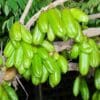
Related products
Designed, Developed & Maintained by Growww.
Copyright © 2024 Ashok Chakra Nursery

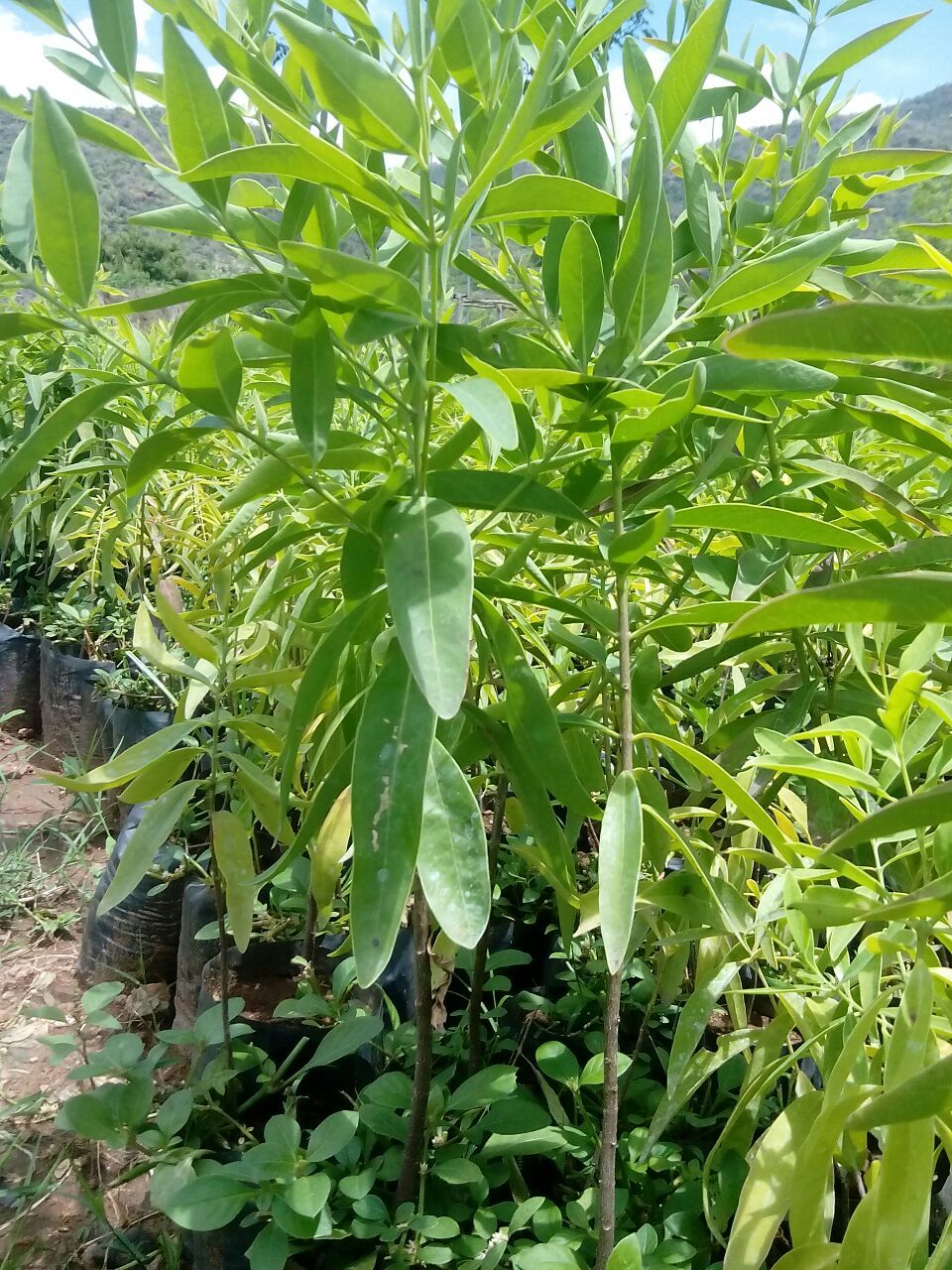
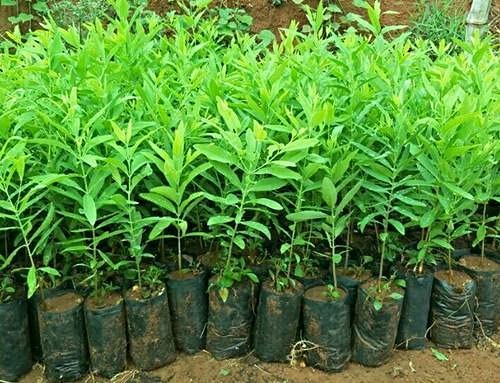
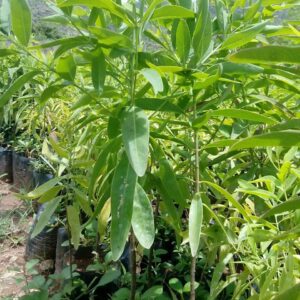
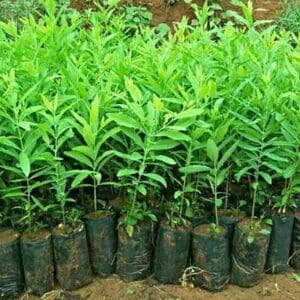

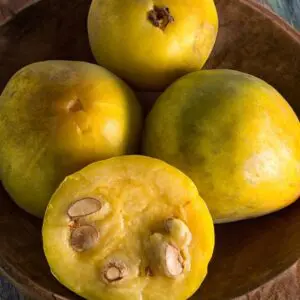
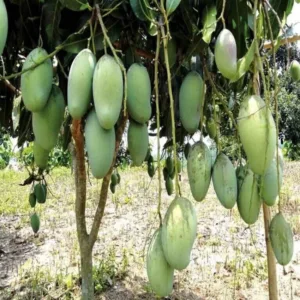
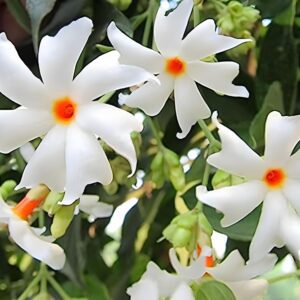
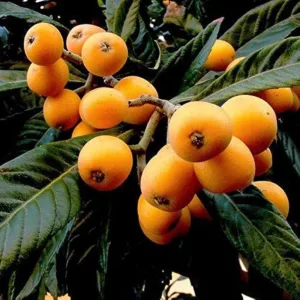
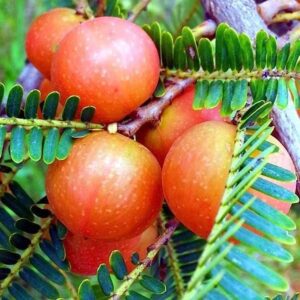
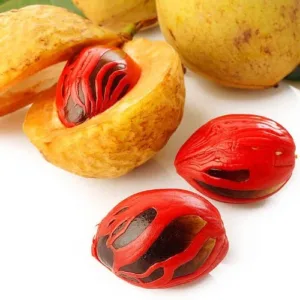
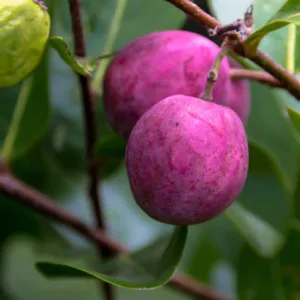
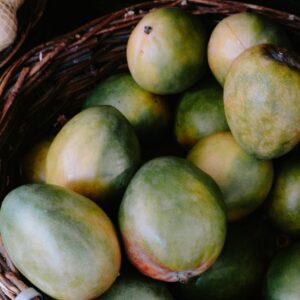
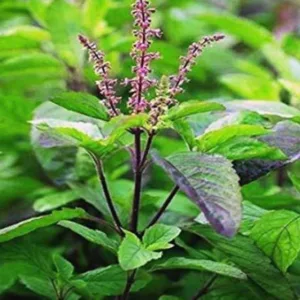
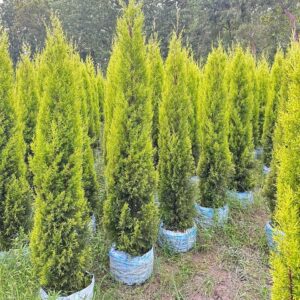
Reviews
There are no reviews yet.